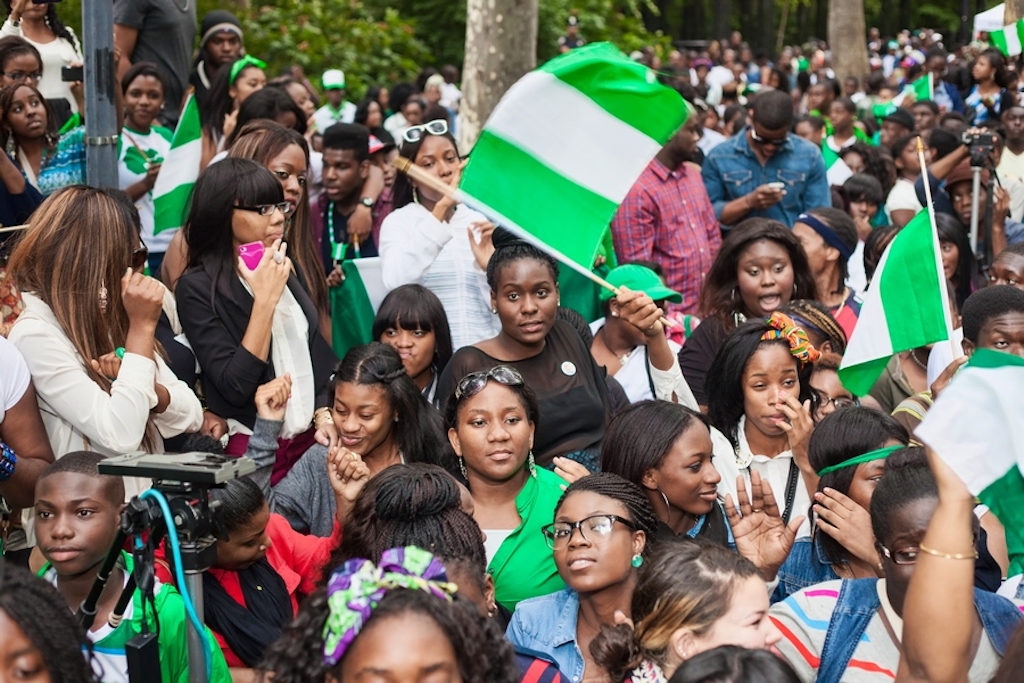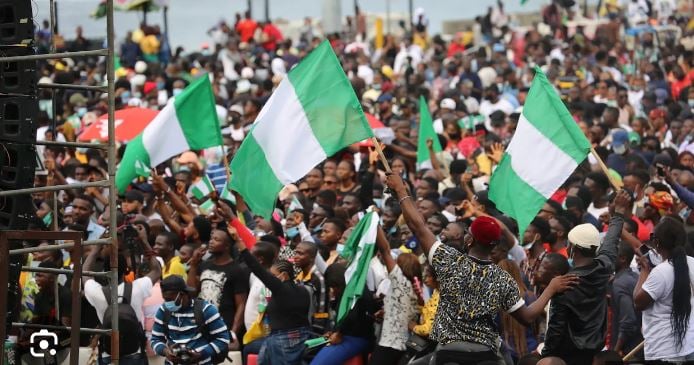It’s a provocative image: a 40-year-old sitting in Aso Rock, leading Africa’s most populous nation. Legally, the pathway is clear. Politically, the road is rockier — but not impossible. Nigeria’s youth movement, demographic weight, and a 2018 constitutional change have together made the idea of a generational political shift in Abuja a realistic scenario to imagine heading into the 2030s.
The law has already opened the door
Thanks to the long-running “Not Too Young To Run” campaign and a constitutional amendment, the minimum age to stand for the presidency in Nigeria is no longer 40 — it was reduced to 35. That single change matters: anyone born in 1990 or later is now eligible to contest the presidency from 2025 onward.

In practical terms, a candidate born in 1990 who runs successfully in the 2027 election (the next scheduled presidential contest after 2023) could take office that year and be 40 years old in 2030 while serving their term. Nigeria’s election cycles and legal framework now make this scenario entirely possible.
Demographics are on the youth’s side
Nigeria is one of the youngest countries in the world. More than half the population is under 30, and the nation’s median age sits around 18. This youth bulge gives young leaders both a potential electoral base and a societal argument for generational change.

With nearly 70% of registered voters under 45, the numerical advantage of youth is undeniable. But demographics alone do not automatically translate into political power — especially in a system where money, party influence, and entrenched interests still dominate.
What stands between possibility and reality
Party gatekeeping and nomination politics.
The biggest hurdle for any aspiring young presidential candidate is not necessarily the electorate, but the party system. Nigeria’s two major parties — the All Progressives Congress (APC) and the Peoples Democratic Party (PDP) — are deeply hierarchical. Internal “godfather” networks, zoning arrangements, and costly nomination forms make it difficult for outsiders to win presidential tickets.
Money and logistics.
Running a nationwide campaign in Nigeria is expensive. It requires resources, visibility, and grassroots organisation across 36 states and the Federal Capital Territory. While younger aspirants often thrive on social media, winning elections requires offline structures — something older politicians have spent decades building.
Institutional incumbency and elite networks.
Political incumbents control state machinery, patronage networks, and the flow of political capital. Even when a youth candidate gains popularity, these structures can work against them unless they form cross-generational and cross-regional alliances.
Limited youth representation so far.
Despite the constitutional changes, the percentage of elected officials under 35 remains low. In state assemblies, only a handful of under-30 lawmakers exist, and youth representation at the federal level is even smaller. The lesson is clear: eligibility does not guarantee electability.
The possible routes to a 40-year-old president by 2030
If Nigeria is to have a 40-year-old president by 2030, several scenarios could make it happen:
An electoral breakthrough in 2027.
A candidate aged 37 in 2027 could contest and win the presidency, turning 40 mid-term in 2030. This is the most straightforward path — and would mark a historical turning point in Nigerian politics.
A young nominee from a major party.
If either of the dominant parties decides to rejuvenate its image and appeal to younger voters, it could select a younger, charismatic flag bearer. This would allow a 30-something or early-40s candidate to leverage the party’s existing infrastructure to win nationwide.
A grassroots political movement.
A powerful, citizen-led coalition — possibly emerging from the same civic energy that drove movements like #EndSARS — could mobilise youth turnout and force political realignment. While electoral law still requires party sponsorship, a youth-focused party or coalition could make significant inroads if it sustains momentum beyond social media activism.
Beyond age: what a younger presidency could mean
Having a younger president is not a cure-all. Leadership is as much about competence and character as it is about age. However, a generational shift at the top could bring new priorities to governance — a stronger focus on technology, innovation, education reform, climate resilience, and job creation.
A younger president could also reshape how Nigeria engages with its youth — treating them not just as a demographic to be managed, but as a driving force in national development. With digital fluency and a global outlook, such a leader could reimagine Nigeria’s role in Africa’s tech-driven future.
Still, age does not guarantee progressive thinking. The real test would lie in whether a young leader can resist the pull of old political habits — clientelism, regionalism, and patronage politics — that have long stunted governance.
The road ahead
Could Nigeria have a 40-year-old president by 2030? Yes — legally, demographically, and theoretically. The constitution allows it. The population supports it. The global trend toward younger leaders — from Europe to Latin America — shows it can happen.
But Nigeria’s reality remains complex. The political machinery still favours the established, the wealthy, and the well-connected. Unless young Nigerians turn their energy into sustained, organised political action — through party reform, grassroots mobilisation, and electoral participation — the dream of a youthful president will remain a headline, not a reality.
The “Not Too Young To Run” movement opened the door; now, the youth must decide whether they will walk through it. 2030 is not far away — and the seeds for that future are being sown today.


